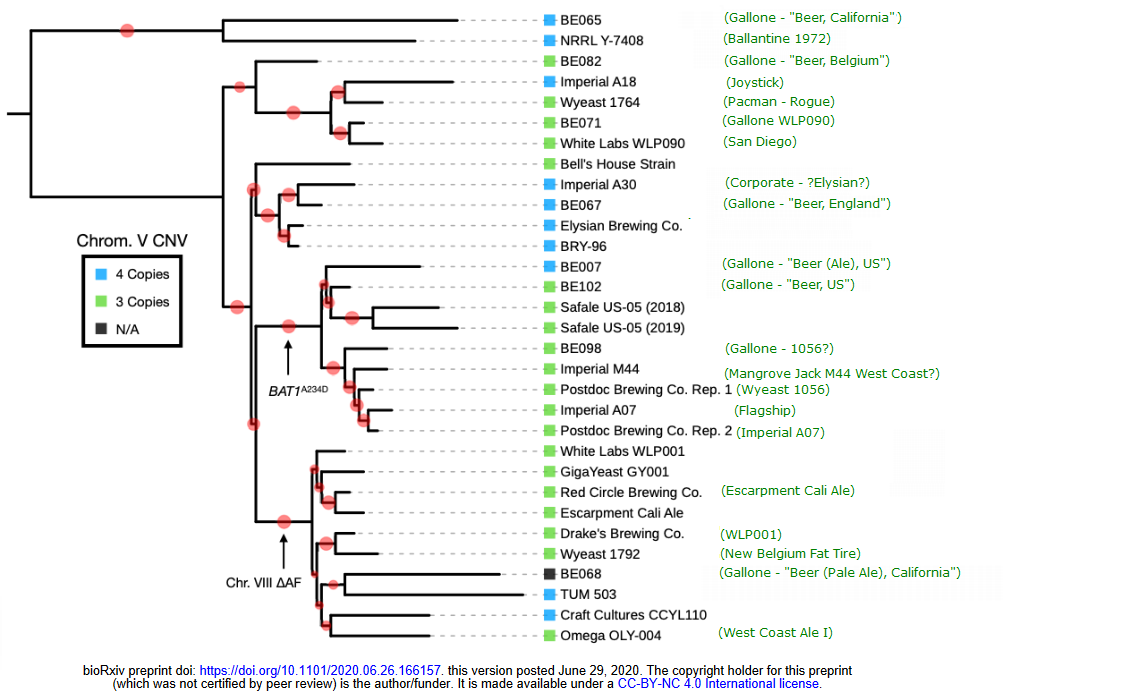couchsending
Well-Known Member
- Joined
- Jun 21, 2016
- Messages
- 3,063
- Reaction score
- 2,256
They are not even close to the same strain imo. 1056 and us-05 have a mineral/dough flavor I don’t care for. I don’t get that at all from wlp001. Also 1056 and us-05 aren’t even in the same ballpark as the real Chico. Ive cultured that up a few times from Sierra Nevada Pale Ale. That’s a very good yeast! I’m actually going to bank some for the freezer! It’s a tad fruity fermented around 67f. Reminds me of fruity pebbles a little bit but it fades and cleans up with cold conditioning. It’s also a very slow yeast on first pitch (haven’t taken it farther than that). I’ve grown to really not like those two strains. They also have a mouthfeel to them wlp001 doesn’t. Wlp001 is much crisper and cleaner than 1056/us-05 also.
side note I rebrewed a cascade 2 row smash with 1056 and hate it. I just hate that yeast lol The real Chico version was awesome though
Pretty sure SN switched to a bottling strain around 2015 or so.

















![Craft A Brew - Safale S-04 Dry Yeast - Fermentis - English Ale Dry Yeast - For English and American Ales and Hard Apple Ciders - Ingredients for Home Brewing - Beer Making Supplies - [1 Pack]](https://m.media-amazon.com/images/I/41fVGNh6JfL._SL500_.jpg)







































